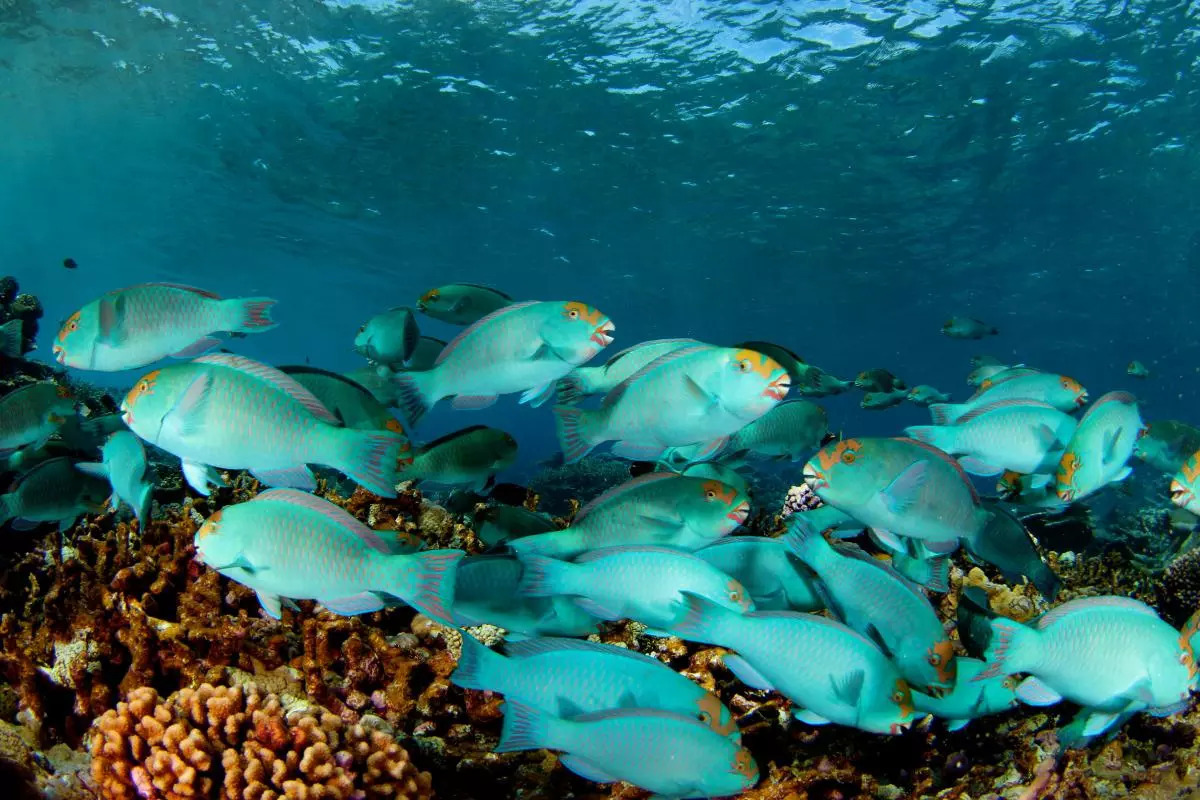Researchers in Bangor show how human activities are contributing to the destruction of communities of reef fish

A recent study has provided evidence that supports one of the ecological theories developed in the 1950s and 1960s. This theory has been used to predict how different species are distributed in various environments. The study raises questions about whether these models need to be updated to account for the impact of humans on natural systems. The coral reef zonation theory is one of the earliest examples of these models, and it explains how different types of fish and corals are found at different depths in coral reefs. The accuracy of these theories has been previously tested on a small scale, and they have proven to be reliable across a wide range of variables such as food supply and temperature.
Modern supercomputing capabilities now allow testing theories at larger scales.
Scientists from Bangor University and the US Government National Oceanic and Atmospheric Administration (NOAA), led by Dr. Laura Richardson, validated the depth zonation model on coral reefs. They collected data from 5525 surveys at 35 Pacific Ocean islands to determine the distribution of different fish species according to depth. The results showed that the model is accurate but only on uninhabited islands where there is no human interference.
However, the pattern was not as clear and predictable on islands and reefs with human habitation. The findings suggest that traditional models of the natural world may no longer be valid due to increasing human impact.
Dr. Laura Richardson of Bangor University’s School of Ocean Sciences, the lead author of the study, suggests that we need to revise our understanding of the natural world in light of these findings.
“Science is cumulative, building on past work. Now that we have greater computing capabilities, we should be testing these widely accepted but spatially under-validated theories at scale. Moreover, the intervening years have seen human impacts on the environment increase to such an extent that these models may no longer predict the ecological distribution patterns we see today.
“This leads to more questions, both about the usefulness of models which represented a world less impacted by human activity, and about how to quantify or model our impact on the natural environment.”
“The results show that now is the time to consider whether and how to include human impacts into our understanding of the natural world today,” said Dr. Richardson.
The study concludes that human activities at a local level are significantly and adversely affecting the depth-dependent zonation of tropical reef fish communities. This has resulted in a decline in the abundance and diversity of fish species, leading to an overall decline in the health of the reef ecosystem. This trend is worrying and emphasizes the need for increased conservation measures to safeguard these delicate ecosystems.

 How to resolve AdBlock issue?
How to resolve AdBlock issue?